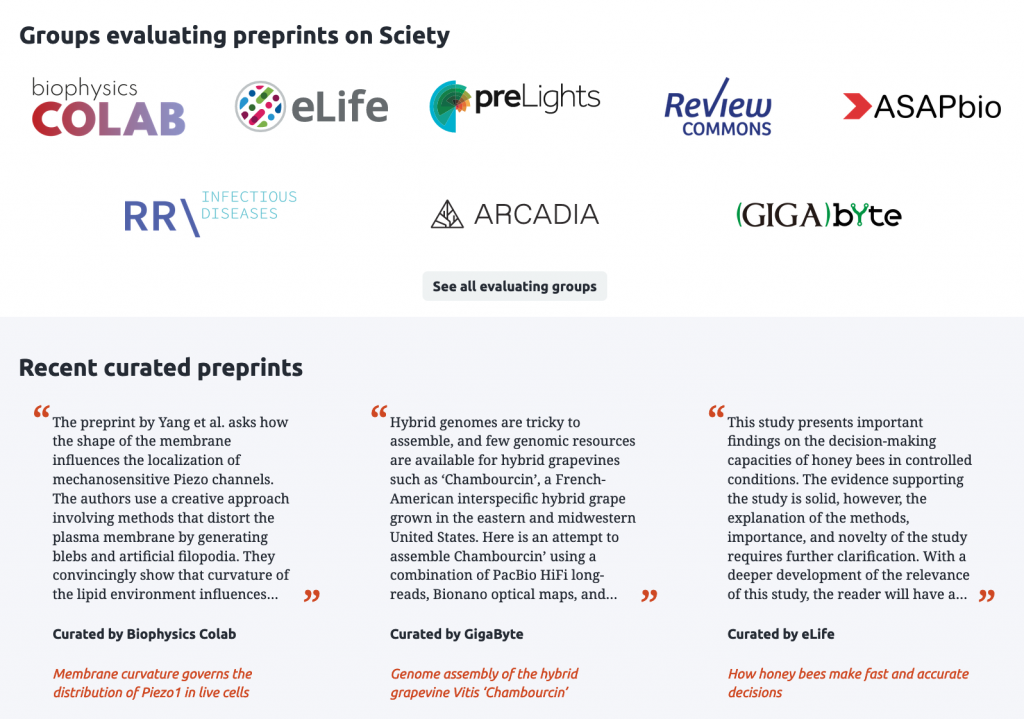
Previously, I took advantage of a dataset that linked preprints to their published counterparts to look at the fraction of papers in a journal that are preprinted. This linkage can be used to answer other interesting questions. Such as: when do authors preprint their papers relative to submission? And does this differ by journal? There’s a bit of preamble. If you just want to know the answer, click here.







